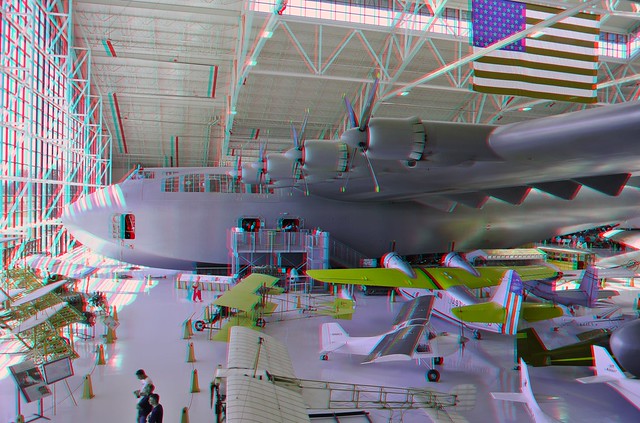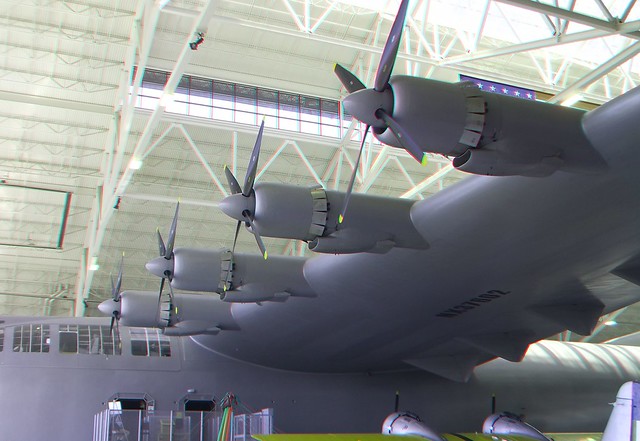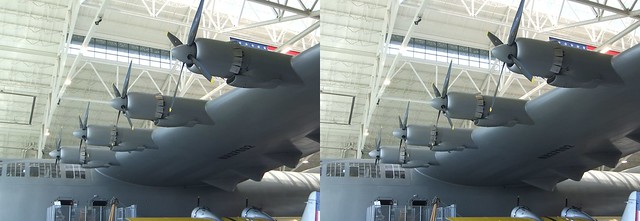I like photographing landscapes in hyperstereo 3D because such photos often reveal hidden depth that we cannot see with our eyes or detect with our brain. This gives us an entirely new perspective on a scene.
My wife jokes that 3D photographers can take photographs with depth at any time, unlike 2D “flat photographers” who must wait around for the sun angle to give shadow contrast for enhancing depth features 🙂
When I take hyperstereo 3D, I almost always use a single camera. I start at the left most position and then take photos as I move the camera to the right. The picture of Mt St Helens was taken as a series of about 7 shots over about 70 feet of distance. I took a photo, walked to my right and took another photo. I did not have a good sense of the spacing that would be needed – and what the impact of close in subjects would have on the depth. So I just took many different lens spacings and chose the best later, when sitting at the computer.
For Mt St Helens, I knew I would need very wide lens spacing, which is why I took photos at 10 feet (over 3 meter) intervals. For closer subjects, I might only move the camera 1 foot (1/3d meter) between shots.
To keep the camera roughly aligned, I set the camera to display a grid overlay on the viewfinder. I position the crosshairs of the grid on a specific, very distant feature. As I move the camera, I keep the crosshairs pointed at that distant feature. In the case of the Mt St Helens volcano, which is many miles away, I use a corner of one of the snow fields as my alignment target.
If you think about how 3D works, if I was using a pair of precisely aligned cameras, each pointed off into the distance, at some point a long ways out there, the two cameras are effectively pointed at the same subject – we can’t distinguish, says, 6 inches of lens spacing, on a subject a few miles away! For really distant subjects, a lens spacing measured in feet is still indistinguishable (in a practical sense).
After shooting, the photos are aligned and processed in Stereo PhotoMaker.














